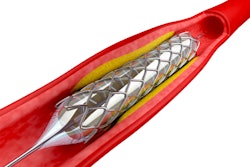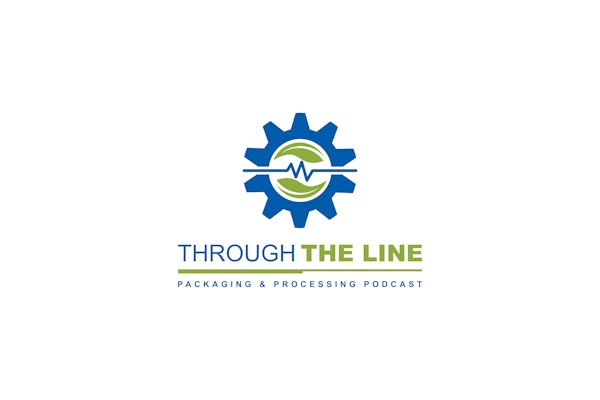
The U.S. Food and Drug Administration provides a detailed description of proposed effective dates for Unique Device Identification (UDI) requirements on its Web site.
Should the agency issue its Final Rule on UDI by June, implementation dates will be based on premarket risk class as follows: class III devices one year after publication of the final rule; two years after publication for class II implants and life-supporting/life-sustaining devices that are not class III; three years for the rest of class II; one to five years for class I.
During the Feb. 13 MD&M West conference session, “Unique Device Identifier: FDA update and plan for the industry,” FDA’s Senior Advisor Patient Safety Jay Crowley provided information to help the medical device community gain a better perspective on how the agency is attempting to take a responsible approach to an issue that could present considerable packaging-related costs for makers of medical devices.
Here are some observations based on Crowley’s presentation:
• Look for the national numbering system (NDC/NHRIC) to be phased out.
• Manufacturers want more time to prepare for UDI while users want UDI implemented more quickly. FDA will take these requests into account, but the implementation timeframe won’t change much.
• There will likely be an exception/alternative constructed by FDA for manufacturers. That information will be published on its Web site so companies can reference it. It will be a robust system.
• Europe is very interested in getting a UDI system up and running, as is China, Brazil, Canada, Korea. FDA is trying to keep everybody on the same page. The goal is to develop one UDI that can be used worldwide with a common set of data.
• Among the benefits UDI provides are global visibility, supporting medical device recalls, adverse event reporting, track and trace, supply chain security, anti-counterfeiting and diversion, disaster/terror preparation shortages/substitutions, and the reduction of medical errors, such as bedside scanning.
• The term “manufacturer” was deemed overly broad, so the term “labeler” is now used to represent the organization that applies or modifies a label and is responsible for the UDI and its requirements.
• One of the most controversial aspects of the UDI rule relates to standardizing a date format method that works on a global basis.
Crowley made several “we heard you” comments in expressing FDA’s efforts to listen to and consider issues of concern regarding UDI. He said one of the agency’s goals was to be “technology-neutral” when it comes to specific coding methods. He said, “We hope manufacturers make intelligent determinations of which systems to use. We need convergence and to date we have seen that. We hope to stay out of the technology debate as technology will continue to evolve and we don’t want people to get locked into a particular technology.”
Crowley praised several medical device firms for examples of acceptable UDI label applications. He noted that the agency has noticed greater use of 2D data-matrix codes, even though they may be more challenging to read in some instances.
The veteran FDA executive also pointed to the agency’s goal to create a global UDI database in which manufacturers will be able to submit information on each product so others gain a better understanding of each device. He said FDA “hopes to publish a User’s Guide by March,”’ which would then be open for industry comment.
Crowley addressed other concerns as well, noting the agency hears a growing consensus for use of the ISO 8601 format. He predicted that FDA will develop an extension or exception for existing inventory so manufacturers don’t need to relabel product. He understood that direct part marking may require exemption, particularly with some implants. He said FDA does differentiate between OTC and prescription devices.






















